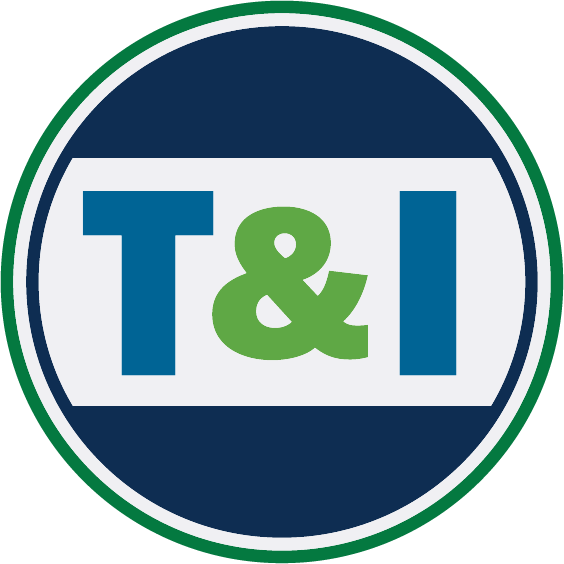Press Releases
Chairman Rouzer Opening Statement from Hearing on Transit Policies and ProgramsOpening remarks, as prepared, of Highways and Transit Subcommittee Chairman David Rouzer (R-NC) from today’s hearing, entitled “America Builds: A Review of Our Nation’s Transit Policies and Programs”: Today’s hearing examines key issues concerning our nation’s public transportation programs as the Subcommittee works to develop and enact an on-time, multi-year surface transportation bill. The Federal Transit Administration (FTA) provides funding and technical assistance to public transportation systems across the nation to move people safely and connect them to workplaces, airports, doctors’ appointments, and more. From buses and street cars to ferries and rail systems, transit systems connect our communities and have the potential to drive greater economic opportunities, especially in rural areas. Ensuring that transit services reflect the needs of the communities served, while providing such services efficiently and safely, is a goal that I believe all lawmakers share. Unfortunately, it is no secret that pandemic era restrictions and work-from-home policies made already declining ridership rates that much worse, resulting in a historic decline in overall fare revenue collections for transit systems of all sizes across the nation. In response, Congress provided FTA with nearly $70 billion in supplemental funding to cover short-term budget gaps, mainly for operating expenses and labor costs. Shortly after, the Infrastructure Investment and Jobs Act (IIJA) was signed into law in November 2021 and provided $108.2 billion for public transportation through fiscal year 2026. IIJA alone authorized a 77 percent increase in federal funds for FTA compared to the prior authorization, the FAST Act. When you combine both IIJA and the supplemental COVID funding, nearly $180 billion federal taxpayer dollars have been directed to public transportation systems since 2020. Despite this significant investment, ridership today hovers around 79 percent of pre-pandemic levels. Concerningly, crime has become more rampant on several transit systems, endangering passengers and transit workers alike. The traveling public deserves better and so do the men and women who work around the clock to transport riders safely to their destinations. Congress must work to hold recipients of federal dollars accountable and ensure that public transportation services are reliable, safe, and maintained to a certain standard. Thankfully, the Trump Administration has taken federal investments in our transit systems seriously and is directing certain legacy systems to reduce crime and fare evasion to improve security for passengers and workers. I commend Secretary Duffy for taking a strong look at this and conducting much needed oversight of these systems. I look forward to working with the Trump Administration to advance common-sense reforms to improve the ridership experience. Now with the structural deficits our nation is running, we can no longer afford to throw money at issues and hope to see change, and this includes public transportation systems. We have an opportunity in the next surface bill to ensure that public transportation systems have the flexibilities they need to deliver high quality services. Each community is unique in its ridership needs and its delivery of services. And while some systems have reduced or eliminated fares in hopes of increasing their ridership rates, others have pursued innovative strategies to increase efficiency, such as reorienting services and routes, employing microtransit, or expanding use of contracted services. It is always helpful to define what success is, and it begs the question as to whether ridership is an appropriate measure to determine the health of a transit system given the variation of factors that apply. I look forward to hearing from our witnesses today about what they feel is working in the transit industry, and what challenges transit systems face that this subcommittee may need to address as we work to reauthorize our nation’s surface transportation programs. Click here for more information, including video and witness testimony. |






